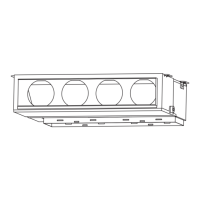
Do you have a question about the Fujitsu INDOOR UNIT (Duct Type) AIR CONDITIONER and is the answer not in the manual?
| Brand | Fujitsu |
|---|---|
| Model | INDOOR UNIT (Duct Type) AIR CONDITIONER |
| Category | Air Conditioner |
| Language | English |
Safety measures and considerations for handling R410A refrigerant.
List and description of specialized tools required for R410A systems.
Guidance on choosing an appropriate and safe installation site.
List of supplied parts and accessories for installation.
List of optional kits and their applications.
Specifies the required space and dimensions for unit installation.
Procedures for physically mounting and securing the indoor unit.
Steps for securely mounting the unit using hangers.
Procedures for ensuring the unit is level during installation.
How to connect the air intake duct to the unit.
How to connect the air outlet duct to the unit.
Guidelines for choosing appropriate pipe materials for refrigerant lines.
Specifications and requirements for refrigerant piping.
Instructions on how to properly bend refrigerant pipes.
Steps for connecting refrigerant pipes to the unit.
How to install heat insulation on refrigerant pipes.
Schematic illustrating the electrical connection points and layout.
How to prepare power and communication cables for installation.
Detailed instructions for making electrical connections to the unit.
Steps for physically mounting and connecting the remote controller.
Configuration of DIP switches on the remote controller for specific functions.
Procedure for powering up the unit after installation.
Detailed steps for configuring various unit functions via the remote controller.
Setting the filter cleaning reminder interval.
Adjusting static pressure for optimal airflow based on installation.
Adjusting room temperature sensor readings for cooling mode.
Adjusting room temperature sensor readings for heating mode.
Enabling or disabling automatic restart after a power outage.
Selecting the source for room temperature detection.
Changing the signal code for wireless remote controller communication.
Configuring external input modes like operation/stop.
Choosing where the unit detects room temperature.
Overview of static pressure characteristics and modes.
Advanced installation techniques and configurations.
Setting up multiple indoor units to operate from a single remote controller.
Configuring two remote controllers to operate indoor units.
Enabling simultaneous ON/OFF control for twin indoor units.
Step-by-step guide for performing the test run operation.
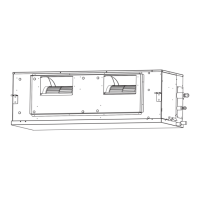
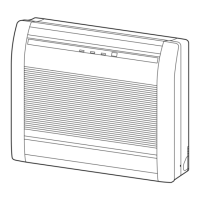
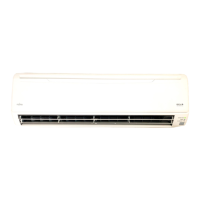
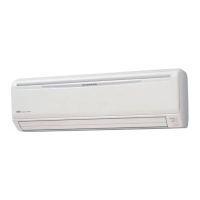
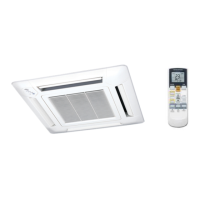
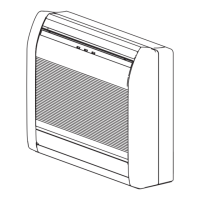
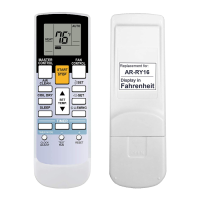

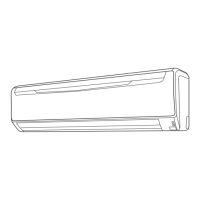
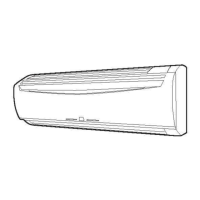

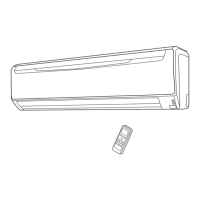
